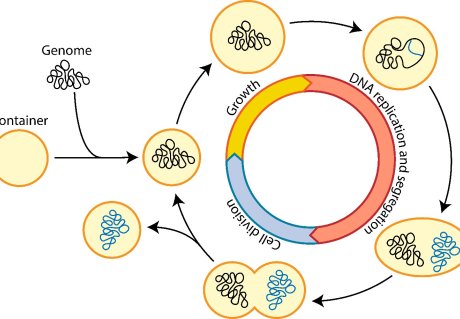
Microbial Synthetic Metabolism
Recent advances in genetic engineering and synthetic biology provide exciting opportunities to rewire the metabolic networks of microbial cells. By modifying metabolic pathways in microbial cells we are engineering cell factories to support the next-generation sustainable biotech processes. In our view, a key advancement for future sustainable, biobased production is the use of truly scalable and renewable feedstocks: carbon obtained from (atmospheric) carbon dioxide in combination with simple molecular energy carriers generated with renewable electricity (hydrogen, formate and methanol). To realize and optimize efficient one-carbon assimilation pathways in several microbial hosts, we use modularization, laboratory evolution and state-of-the-art genome editing technologies, including CRISPR-Cas and MAGE.
Another key factor in engineering microbial cell factories is the optimization and tuning of the production of selected proteins, for example enzymes for desired conversions, or proteins for food or medical applications. Hence, we work on improving our understanding of dedicated protein production in microbial cells. Related to this, we are interested in gaining insights on how the different parts of synthetic genes (e.g. promoters, ribosome binding sites and coding sequences) can control protein production and how they can be designed by both standardization and diversification strategies.
In addition, we contribute to the engineering of ‘bottom-up’ synthetic cells in collaboration with the national NWO-consortium Building a Synthetic Cell (BaSyC). Relatedly, we are testing and optimizing synthetic modules, which are designed by consortium partners to function in bottom-up-created synthetic cells, in an in vivo context. We primarily use the model bacterium Escherichia coli to plug in orthogonal or rewired synthetic modules that support essential life functions (e.g. ATP-regeneration and DNA replication). The cellular in vivo context allows us to probe their functionality and to improve the modules further by in vivo selection and laboratory evolution.


